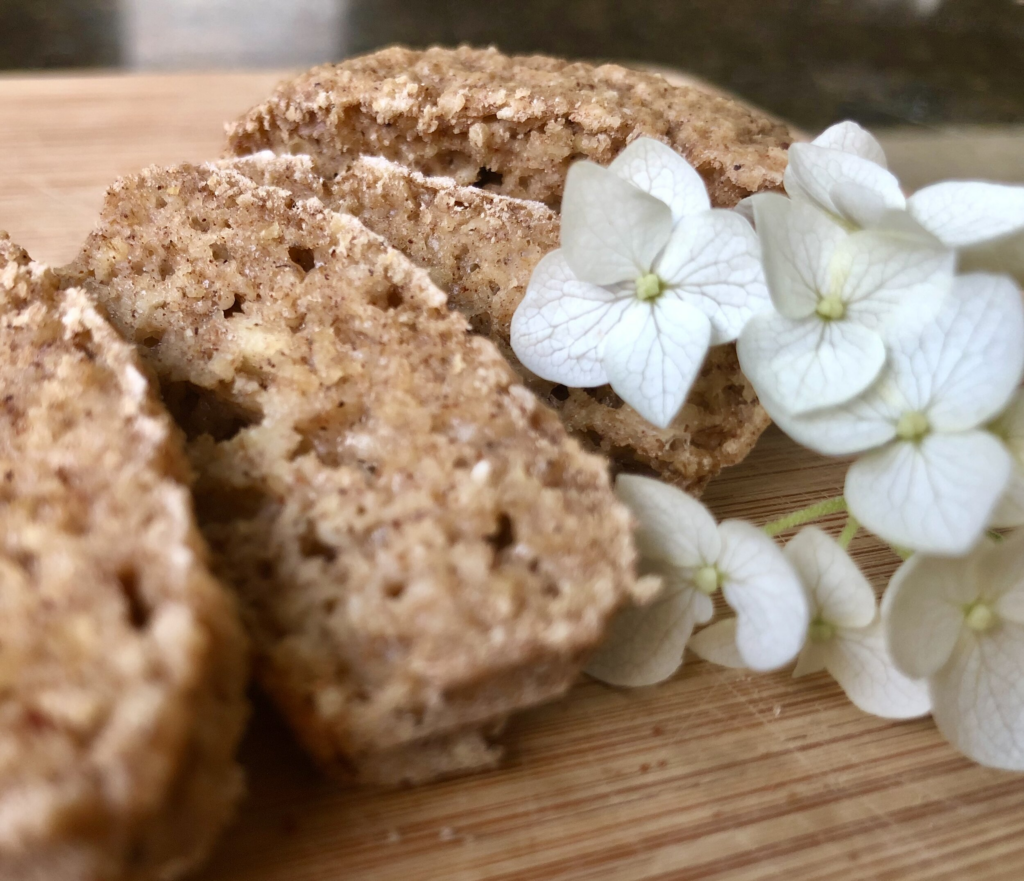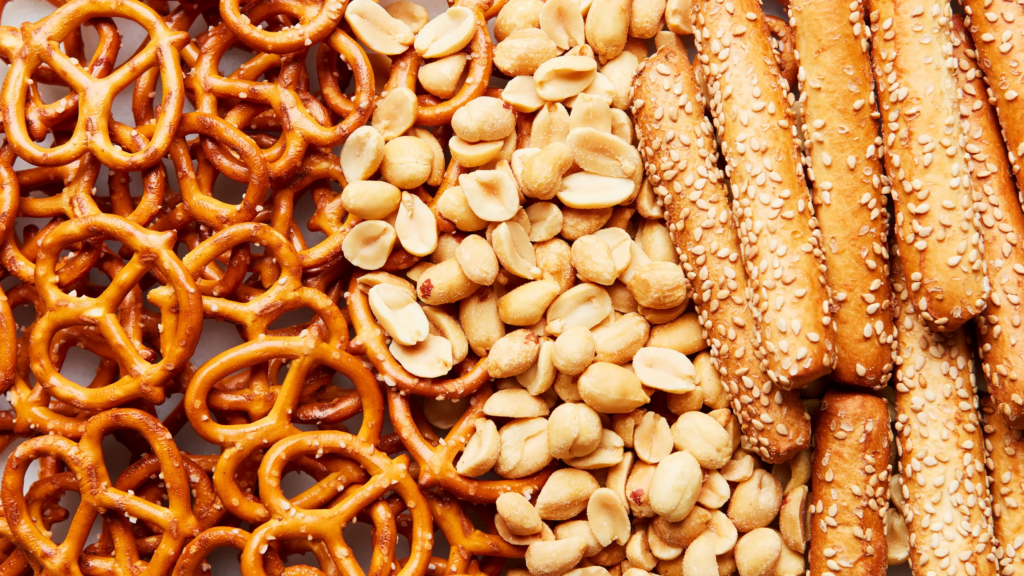
https://me-encantas.com/2021/05/18/5-consejos-para-hacer-el-mejor-pan/ is a website link which translate as “Tips for Making the Best Bread” Breadmaking is both a science and an art, requiring precision, patience, and a deep understanding of the ingredients and techniques involved.
Whether you’re a seasoned baker or just starting out, mastering the art of making bread can be a deeply rewarding experience. In this comprehensive guide, we’ll explore the essential tips and techniques to help you create the best bread possible.
Understanding the Art of Bread Making:
Breadmaking is an ancient craft that has been practiced for thousands of years. At its core, it involves combining flour, water, yeast, and salt to create a dough, which is then shaped and baked to perfection.

However, there is much more to breadmaking than meets the eye. Factors such as temperature, humidity, and fermentation time all play a crucial role in determining the final outcome of the bread.
Importance of Quality Ingredients:
The quality of the ingredients you use can make or break your bread. When it comes to flour, opt for high-quality, unbleached varieties that are rich in protein.
Fresh yeast or active dry yeast is essential for achieving the perfect rise, while salt adds flavor and helps regulate fermentation. Additionally, using filtered or spring water can help ensure a consistent dough texture.
Essential Equipment and Tools:
While you don’t need a lot of fancy equipment to make bread, having the right tools can make the process much easier.
A good-quality mixing bowl, measuring cups and spoons, a dough scraper, and a kitchen scale are all essential for breadmaking. Additionally, investing in a quality stand mixer or bread machine can save you time and effort in kneading the dough.
Also Read: BEYOND THE BATCAVE: DIVERSE SPORTS OFFERINGS ON BATMANSTREAM
Setting Up Your Workspace:
Creating a conducive workspace is key to successful breadmaking. Make sure your kitchen is clean and clutter-free, with plenty of counter space for rolling out dough and shaping loaves. Keep all your ingredients and tools within easy reach to streamline the baking process.
Choosing the Right Ingredients:
When it comes to choosing ingredients for your bread, freshness is key. Opt for organic or locally sourced ingredients whenever possible, and avoid using artificial additives or preservatives.
Experimenting with different types of flour, such as whole wheat, rye, or spelt, can also add depth of flavor and texture to your bread.
Understanding the Dough:
Understanding how different ingredients interact with each other is essential for successful breadmaking(https://me-encantas.com/2021/05/18/5-consejos-para-hacer-el-mejor-pan/).
The process of kneading helps develop the gluten in the flour, creating a strong, elastic dough that can trap carbon dioxide bubbles produced by the yeast during fermentation. Proper fermentation is crucial for achieving the perfect rise and texture in your bread.
Techniques for Successful Baking:
Mastering the techniques of breadmaking(https://me-encantas.com/2021/05/18/5-consejos-para-hacer-el-mejor-pan/) takes practice and patience.
From shaping perfect boules to scoring the dough for optimal rise, there are countless skills to learn and master.
Paying attention to details such as oven temperature, baking time, and steam levels can also make a big difference in the final outcome of your bread.
Troubleshooting Common Issues
Even experienced bakers encounter challenges from time to time. Common issues such as dense or gummy bread, uneven rising, or burnt crusts can often be traced back to factors such as improper kneading, incorrect fermentation times, or oven temperature fluctuations.
By understanding the root causes of these problems, you can take steps to prevent them in the future.
Enhancing Flavor and Texture:
There are countless ways to enhance the flavor and texture of your bread. Adding ingredients such as herbs, spices, nuts, seeds, or dried fruits can add complexity and depth to your bread.

Experimenting with different shaping techniques and scoring patterns can also create visually stunning loaves with unique textures.
Specialty Breads and Variations:
Once you’ve mastered the basics of breadmaking, don’t be afraid to get creative and experiment with different types of bread.
From rustic sourdough boules to sweet brioche loaves, the possibilities are endless. You can also explore specialty breads from around the world, such as Italian focaccia, French baguettes, or Indian naan.
Also Read: KEY CUTTING AND DUPLICATION: LOCKSMITH DC SERVLEADER
Storage and Freshness:
Proper storage is essential for preserving the freshness of your bread. Allow your bread to cool completely before storing it in a breathable bread bag or paper bag to prevent it from becoming soggy.
Avoid storing bread in the refrigerator, as this can cause it to dry out more quickly. If you’re not planning on eating your bread right away, you can also freeze it for later use.
Presentation and Serving Suggestions:
Presentation is key when it comes to serving bread. Whether you’re serving it as a side dish with dinner or as the star of a charcuterie board, taking the time to arrange your bread attractively can elevate the dining experience.
Pairing your bread with high-quality butter, olive oil, or artisanal cheeses can also enhance its flavor and texture.
Conclusion:
https://me-encantas.com/2021/05/18/5-consejos-para-hacer-el-mejor-pan/ Mastering the art of breadmaking is a journey that requires patience, practice, and a willingness to experiment.
By following the tips and techniques outlined in this guide, you can take your breadmaking skills to the next level and create delicious, homemade bread that will impress family and friends alike.
So roll up your sleeves, dust off your apron, and get ready to embark on a delicious culinary adventure!
FAQ’s:
1. Why is it important to use bread flour instead of all-purpose flour?
Bread flour has a higher protein content, which creates more gluten, resulting in a better structure and texture for bread.
2. Can I make bread without yeast?
Yes, you can make bread without yeast using alternative leavening agents such as baking powder, baking soda, or sourdough starter.
3. How do I know when my bread is fully baked?
Tap the bottom of the bread; it should sound hollow. Additionally, an internal temperature of around 190-200°F (88-93°C) indicates doneness.
4. What is the best way to store homemade bread?
Store bread in a paper bag or cloth bread bag at room temperature for up to 2-3 days. For longer storage, freeze sliced bread in airtight bags.
5. How can I prevent my bread from becoming too dense?
Ensure proper kneading to develop gluten, use fresh yeast, and allow adequate time for proofing to let the dough rise properly.
6. Can I substitute ingredients in bread recipes?
While some substitutions are possible, it’s crucial to maintain the balance of wet to dry ingredients and consider the impact on flavor and texture.
7. How can I add flavor to my bread?
Experiment with herbs, spices, cheese, nuts, dried fruits, or seeds. Incorporating flavorful ingredients into the dough or as a topping can enhance the taste.



